.
Hello!
__Here is my “interpretation” of the K1377:
__According to me the scene is really hard to understand, and for you? Hope as well… There are so much iconographic elements that ideas literally explode into your mind and that virtually lead nowhere…or hardly somewhere…
__So, first the PSS-rim text does not provides crucial information:
Alay k’alaj tab’aay? tz’ihbnaj[al?] yuk’ib’ ta ixim te’el kakaw chak ch’ok kelem aj laatz u ? u tz’ihb
“here [dedicatory verbs] the writing on his drinking instrument for Maïze tree cacao, Great “Prince”, Young he of laatz, ?, writing”
“here [dedicatory verbs] the writing on his drinking instrument for Maïze tree cacao, Great “Prince”, Young he of laatz, ?, writing”
_
__There are other similar ceramics (style and PSS texts) : 1873, 6659, 6809, 8739.
A: 7-‘MANIK’?
B: 7-?
C: jo-chi-K’AK’
D: ?
E: JAGUAR GOD of the UNDERWORLD-?
E: JAGUAR GOD of the UNDERWORLD-?
‘Date’ joch k’ahk’ ? , JGU ? -->
‘Date’ was fire-drilled ?, JGU ?
_
__The problem here is the subject…. Should we consider the JGU glyph in E as a separate compound? Or should we see it as the subject of the sentence? The difficulty comes from the blurry aspect of the D glyph: is it an object or a subject?
‘Date’ was fire-drilled ?, JGU ?
_
__The problem here is the subject…. Should we consider the JGU glyph in E as a separate compound? Or should we see it as the subject of the sentence? The difficulty comes from the blurry aspect of the D glyph: is it an object or a subject?
__So, at a precise day a fire was drilled by an unidentified individual, maybe the Jaguar God of the Underworld (JGU) although it is highly speculative. The fire-drilling action could be a symbol of the enlightenment of a world still obscure. The image represents an action occurring in a world where light still not exists. The background of the vase is painted in black and indicates the world was still not warmed and lightened up by the sun.
__This conception of the scene proposes to understand his sacrificial aspect also as a birth event. The lying “victim” could be or a sacrificed person or a new born one… I know this idea sound strange (personally I’m still not convinced myself) but several elements tend to a birth related event. The head of the god “emerging” behind the victim is the head of the Pax god. This character can be seen on codex style “snake lady scenes”. In those scenes, the god presents a fleshy element in his mouth. This thing could be the same that is represented on K1377. And so, I should be understood not as part of the body of the victim, but as part of Pax god’s mouth.
_
__I don’t know if the head placed behind the victim is really Pax god’s head… It can also be a censer as shown in figure below. Anyway both censer and Pax god are involved in birth scenes. The Pax god frequently appears in the “snake lady scenes”, clearly related to birth (K1081, 1382, 1645, 1813, 3716, 4485, 6754, 7838, ). Interestingly, the censer may appear in some “snake lady scenes” as on 1645, 3702. The censer is, according to Karl Taube, associated in some way to birth. The vases K3844 and K1645 show a child lying in a bowl placed atop burning censers.
__I don’t know if the head placed behind the victim is really Pax god’s head… It can also be a censer as shown in figure below. Anyway both censer and Pax god are involved in birth scenes. The Pax god frequently appears in the “snake lady scenes”, clearly related to birth (K1081, 1382, 1645, 1813, 3716, 4485, 6754, 7838, ). Interestingly, the censer may appear in some “snake lady scenes” as on 1645, 3702. The censer is, according to Karl Taube, associated in some way to birth. The vases K3844 and K1645 show a child lying in a bowl placed atop burning censers.
_


K1645 and K3844
_
__The connection between censers, the Pax god and birth related scenes are interesting. There is another birth related feature on the K1377, the rope used by the two individual situated at extreme right of the roll-out image. This rope is according to some specialists (Taube, Hull & Carrasco) a symbol of birth and umbilical cord. Taube calls this feature “Celestial Birth Cord”. Here a ballplayer is helping a man to climb out of a codex book.
__Finally, it is necessary to say that the scene on K1377 is also centred on the ballgame/ballcourt theme. The scene is occurring in an environment that immediately recalls ballgame iconography: two pyramids face each other (two side of the ballcourt), the sacrificial victim and the individual pulling the cord are wearing a yoke, ballgame instrument. The object on which the “sacrificial victim” is lying cannot be identified securely: a ball, an altar or something else? Inside this object are represented two cartouches (constellations?).
__I’d like to imagine that the man wearing ballgame attire is a second representation of the sacrificial victim.
__To straighten the parallel I made between birth scenes and the K1377, once should analyse the character standing between the pyramid and the “victim”. This old man has a headdress made of knots and other “sacrificial” iconographic features. He bears a long ceremonial manta probably made of feathers. This man COULD be related to another mythic character that is clearly associated with birth ceremonies (on codex style vessels only!):



_
__Before ending, I would like to “present” a ceramic that is more likely to be associated with the first vessel Rocío posted on the blog (0928). The ceramic K0718 is according to me closer to the 0928 than the 1377. The scene on the 0718 presents a striking parallel: a jaguar crouched atop a knotted/tied stela.



K0928, 0718 and restored version of the 0718
____The detail of the K0928 does not show the altar with the lying sacrificed child. Remember that the dedication of stelae in Maya is said u k’alaj u (lakam) tuun, the “stela”was tied. Now, just look a both stelae and notice that they both have a knot in their upper part.
__Read you soon, Sebastian.
_
BIBLIOGRAPHY:
BIBLIOGRAPHY:
HULL Kerry and CARRASCO Michael David
2004__"MAK: "portal" rituals uncovered: an approach to interpreting symbolic architecture and the creation of sacred space among the Maya", en Continuity and Change : Maya Religious Practices in Temporal Perspective, Daniel Grãna Behrens, et al., eds. pp. 131-142. Anton Saurwein, Markt Schwaben.
2004__"MAK: "portal" rituals uncovered: an approach to interpreting symbolic architecture and the creation of sacred space among the Maya", en Continuity and Change : Maya Religious Practices in Temporal Perspective, Daniel Grãna Behrens, et al., eds. pp. 131-142. Anton Saurwein, Markt Schwaben.
__
TAUBE Karl Andreas
TAUBE Karl Andreas
1994__""The Birth Vase: Natal Imagery in Ancient Maya Myth and Ritual", en Maya Vase Book Volume 6, Barbara & Justin Kerr eds, pp.652-685. Kerr Associates, New York.








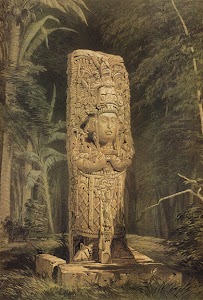
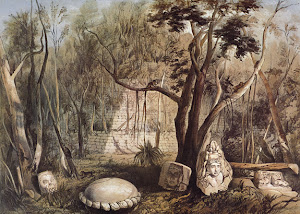
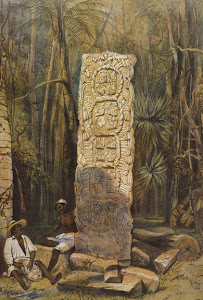
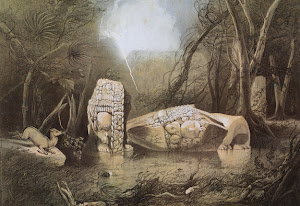
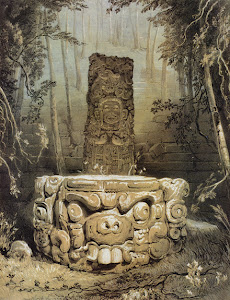
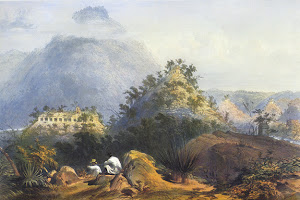
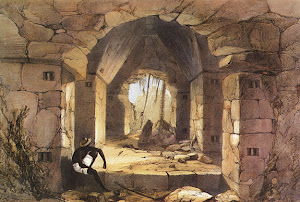

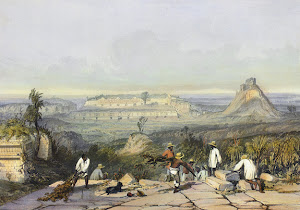
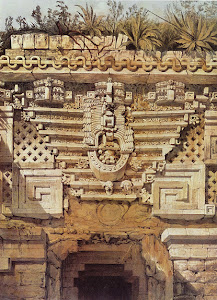
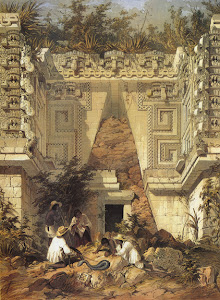
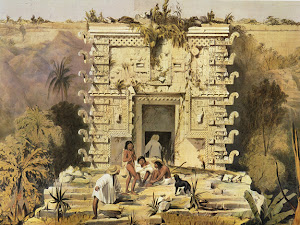
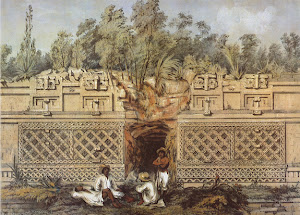
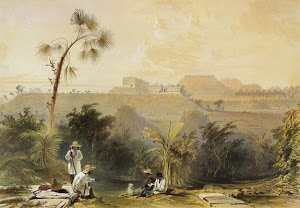
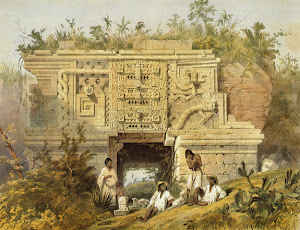
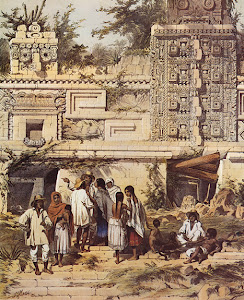
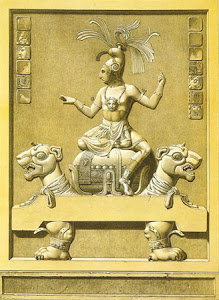
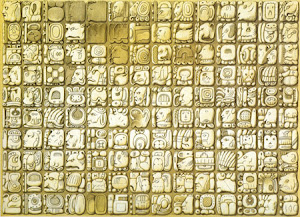
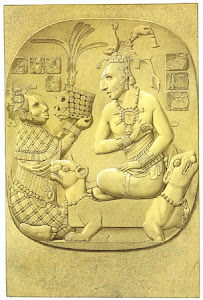
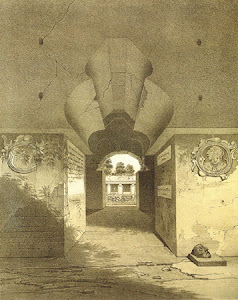
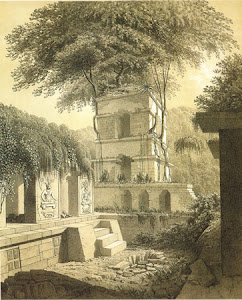
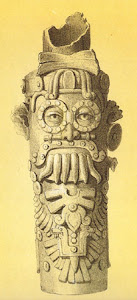


No hay comentarios:
Publicar un comentario